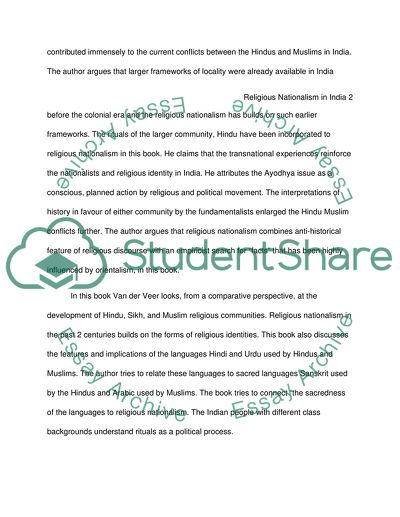Cite this document
(Globalization and Religious Nationalism in India Literature review, n.d.)
Globalization and Religious Nationalism in India Literature review. https://studentshare.org/politics/1551188-religious-nationalism-in-india-and-how-it-relates-to-globalization
Globalization and Religious Nationalism in India Literature review. https://studentshare.org/politics/1551188-religious-nationalism-in-india-and-how-it-relates-to-globalization
(Globalization and Religious Nationalism in India Literature Review)
Globalization and Religious Nationalism in India Literature Review. https://studentshare.org/politics/1551188-religious-nationalism-in-india-and-how-it-relates-to-globalization.
Globalization and Religious Nationalism in India Literature Review. https://studentshare.org/politics/1551188-religious-nationalism-in-india-and-how-it-relates-to-globalization.
“Globalization and Religious Nationalism in India Literature Review”. https://studentshare.org/politics/1551188-religious-nationalism-in-india-and-how-it-relates-to-globalization.


